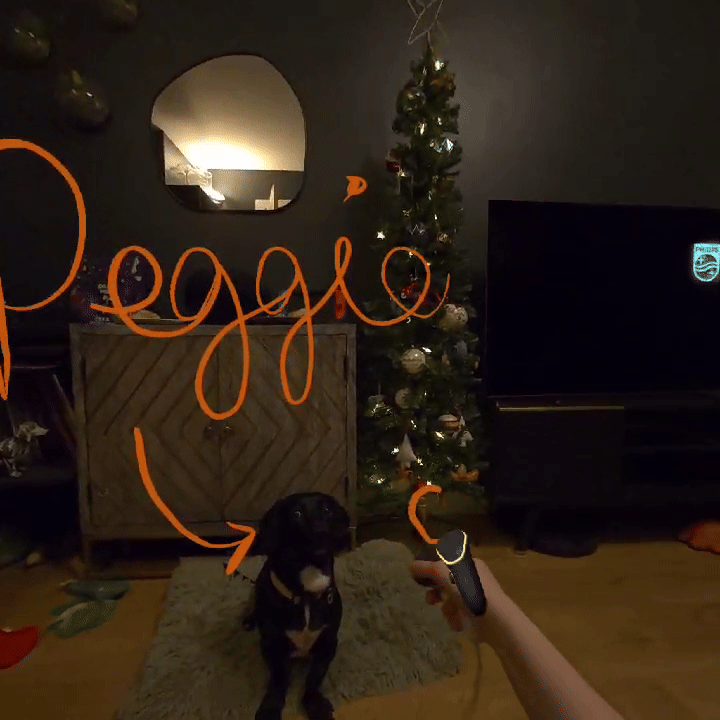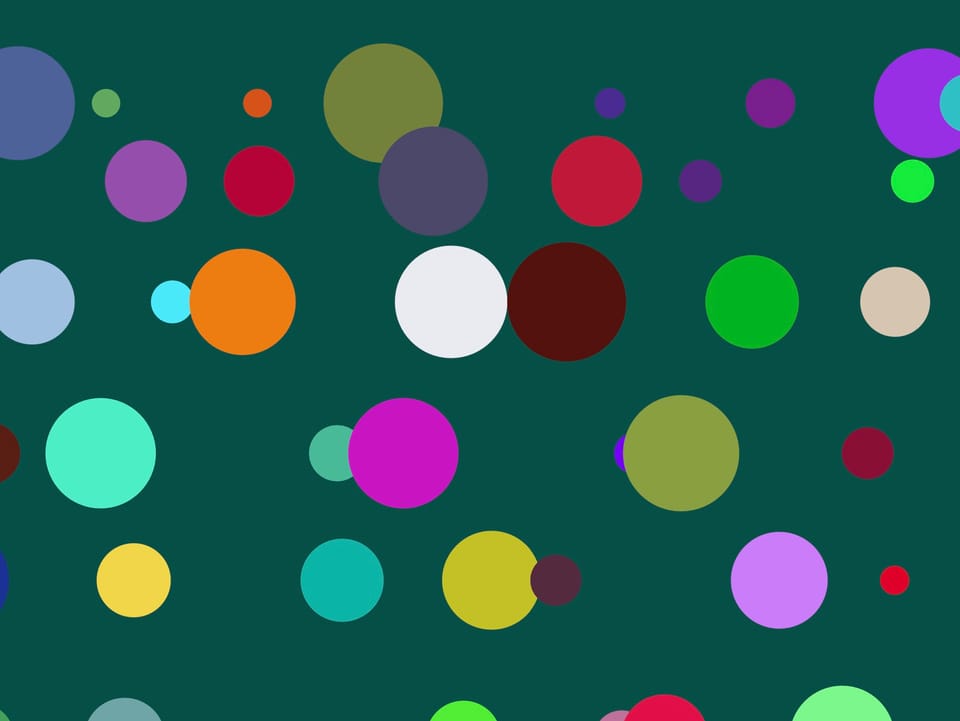Evolution of Digital Art
Digital Art is something I spent so much time transfixed by as a child, from the age of seven I was using digital drawing tablets.
Through this, I have found it interesting to watch the technological development of drawing tablets.
My first experiences of Digital Art, was MS Paint. I owe a lot of my infatuation with the digital creativity that has ultimately led to my passion for Graphic Design to MS Paint.

I loved it, I would make all my homework on it, it was my Photoshop, or Illustrator. Of course, Adobe was very much in full swing in 2013, when I was using MS Paint, but to me, it didn't exist. I experienced a restricted view of digital drawing, one layer and a variation of brushes with set weights that could not be altered. According the laws of simplicity this was perfect for me, a handful of things that I could learn quickly and no layers or clipping masks to complicate my eight year old brain.
Using a cursor though to paint, of course, was an absolute nightmare for my workflow of drawing pictures of my pet cats.

Casting back in my memory I managed to track down the name of the drawing tablet I used as a young child. It felt revolutionary to me. Of course there was no pressure sensitivity on MS Paint, and I don't remember this tablet having palm rejection (though I may be wrong), the drawing space was small and the experience of using it was to my memory clunky, and sometimes I found myself turning back to using the cursor because of the tracking hiccups with the drawing pad. Regardless, to have complete control over what I was drawing on a screen as if it was paper was amazing to me. Researching old tablets, it was interesting to see how long Wacom had been producing drawing tablets for. I had naively thought Wacom were a new(ish) company but upon researching, I realised I myself had used a Wacom drawing tablet at a far less developed level prior to my workshop with Jon.

Following on from this, I began to use GIMP as a means of digital drawing. This is where I could comprehend layers and it worked as a free version of Photoshop for me. This is where I found the capabilities of digital softwares not just as a drawing medium, but as a Graphic Design medium, I could edit type, and make posters and the homework at Primary School that everyone else was drawing physically, could be made quicker and looked more 'professional' in from my perspective at that point.

Then came the Samsung Galaxy Book, a hand me down gift from my brother. After using stylus's on tablets and hoping one day I would be able to have a device with pressure sensitivity, this tablet felt like a blessing, and that wonder experienced from the 2001 Wacom Pad was back again. I had access to Photoshop through School, and spent time trying my hardest to draw digitally like the Youtubers I watched could. There were a few setbacks to this tablet, for one the screen was magnetically attached to the keyboard, it would fall off ALL the time. Additionally, this tablet had 4g of ram, and after extensive use it struggled to run Photoshop, which as one of the leading digital art platforms for the time, was ironic considering the tablet was kitted out with pressure sensitivity and some degree of palm rejection equipped for drawing. These problems led me to become frustrated at the way it would interrupt my workflow, the simplicity I had wanted from it were hindered by the amount of time it would take to load Photoshop, or at later times even paint a stroke. This tablet led me to desire one thing for years, the iPad and Apple Pen.

I felt incredibly fortunate that upon starting my portfolio for this course, my brother let me 'borrow' his iPad and Apple Pencil, of which I still have. In terms of digital drawing, I am a strong supporter of these devices. Paired with Procreate, Apple's drawing software, the workflow slowing bugbares of previous drawing devices all seemed to melt away. The apple pencil charged itself on the side of the iPad, meaning it was always charged (a welcome update from the Apple pencil), the pressure sensitivity and palm rejection was brilliant, with gesture controls on the pen making a nice novelty that proved handy in the long run, and procreate ran beautifully on the iPad, because that's the exact device the software is made for. The only competitor to the iPad with regards to digital drawing is Wacom, somewhere I thought I was yet to explore upon my workshop with Jon.

The Wacom tablet proves a more affordable alternative to the iPad, Apple Pencil setup. And had I not the fortune of my brother, I would likely have purchased one because of the financial advantage. The lack of pen to screen contact makes the drawing experience feel less authentic, but arguably, digital drawing isn't necessarily meant to feel authentic. I found the palm rejection wasn't as great as on an iPad, and also the interaction of the tablet with Photoshop was slow. Sometimes it would take a second for Photoshop to catch up. Using photoshop for drawing I think comes with its downfalls, as it doesn't feel optimised for digital art in the same way that Procreate does, so perhaps this is a fault of Photoshop's not the tablet itself. Co-ordinating moving the mouse and also using the tablet made for a bit of a janky process and the experience felt like I was going back in time back to the 2001 Wacom tablet I used. Perhaps with more use of the Wacom tablet, I would grow to find it more instinctive. Tracking back to the laws of simplicity, the tablet feels less simple than an iPad through the time lag there is between the screen and the tablet, but also my lack of knowledge regarding how to use the Wacom tablet optimally could be part of what makes it feel less simple.
I also feel it is worth mention VR as a developing platform for Digital Art, while at the moment it does certainly feel like a gimmick, there is potential for a new wave in Digital Art through VR. My experience with the new Meta Quest astounded me in how accurate the pen was to my movements, and especially how well it tracked augmented reality.



